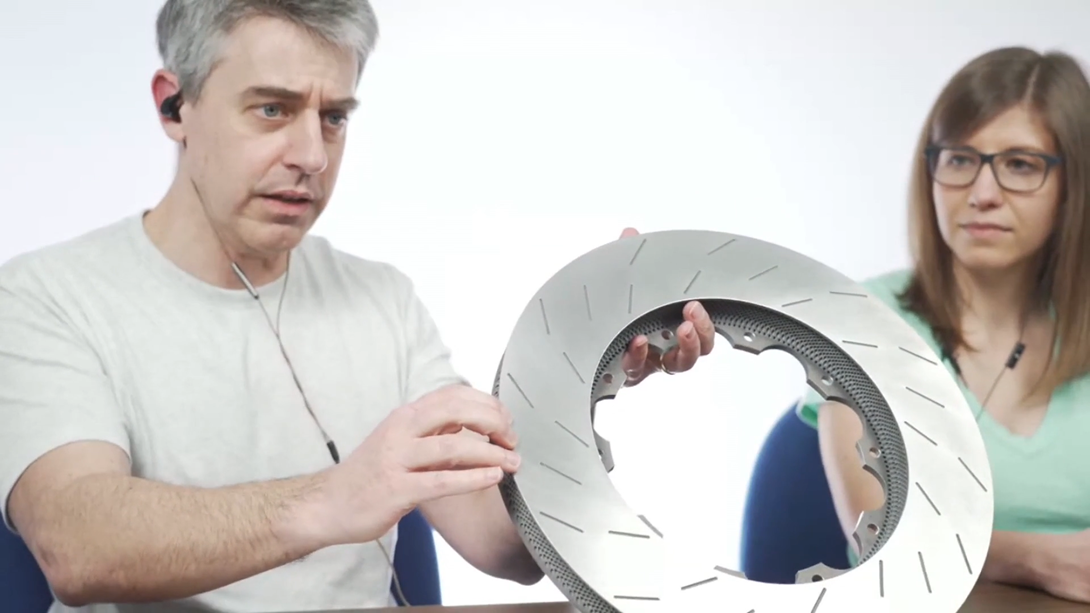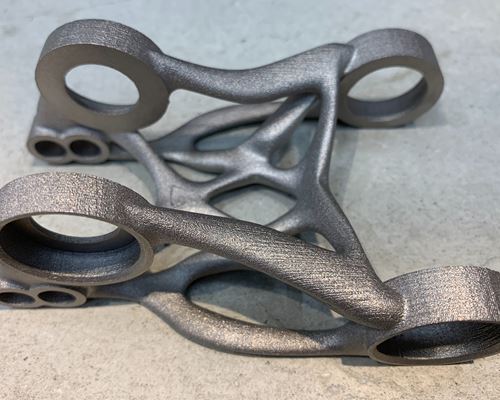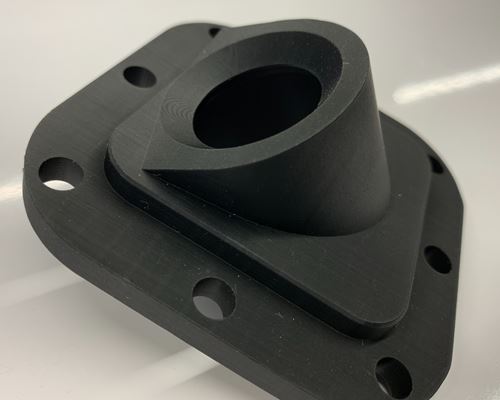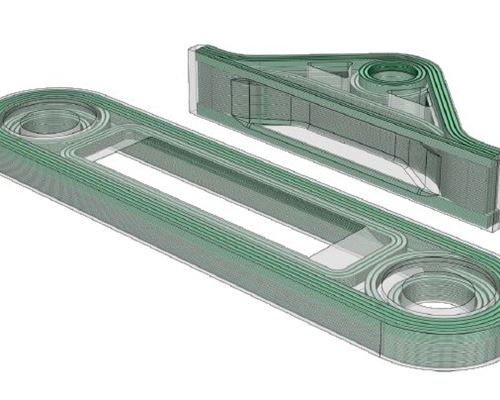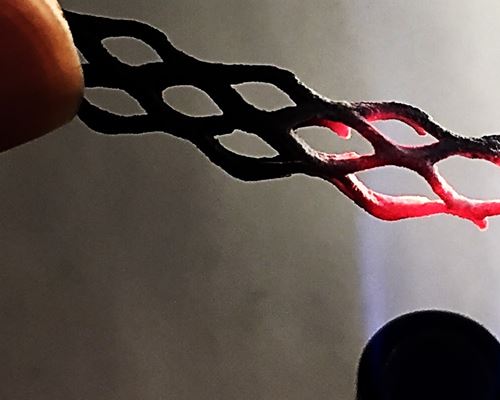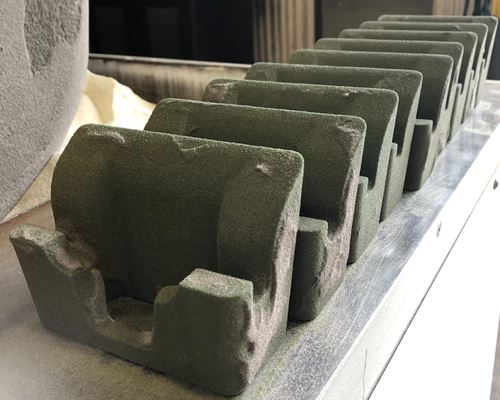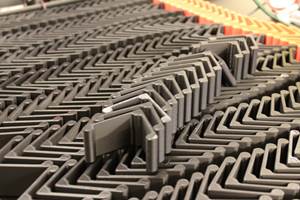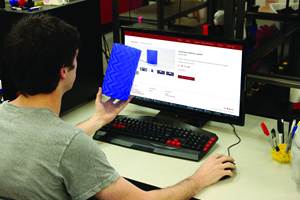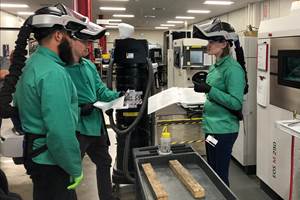In processes like machining, the material is a known quantity. A part starts as a block of material, or perhaps a forging or casting. Its form changes in the machining process, but its inherent material properties are already set.
In additive manufacturing, however, the material properties are being established alongside the geometry of the part. The raw material has an impact (i.e. the chemical makeup of the polymer, the size and distribution of metal powder particles) but process parameters also play a role in factors such as strength, ductility, porosity and surface finish of the final part. This brings new challenges unique to additive, but also opportunities. When the material properties are determined alongside the geometry, it becomes possible to intentionally and precisely control those properties in specific regions of the part — to introduce properties such as porosity, or stiffness, or flexibility.
The main classes of materials used in 3D printing today are:
Polymers
The first 3D printing process to be developed, stereolithography, is a form of vat polymerization that cures resin to build polymer parts. Polymers are still a widely used class of 3D printed materials today, but have evolved far beyond early, brittle materials. Thermoplastics such as PLA and ABS are some of the most commonly used materials in filament-driven systems, but high-performance materials such as PEEK and PEKK are gaining ground here too. Nylons and TPU have found adoption in powder bed fusion processes. Thermoset materials have been common in vat polymerization but are starting to become available for extrusion and selective laser sintering as well. Polymer materials are usually provided as solid filament, pellets, liquid resin or powders.
Metals
On the metals side, the most commonly 3D printed materials include aluminum, titanium, stainless steel, Inconel and cobalt chrome. Copper has historically been difficult to 3D print with laser-based systems, but innovations such as blue-light lasers make this possible; reflective metals like this may be easier to print using other methods such as binder jetting. An alloy suitable for one metal 3D printing method may not be appropriate for all such methods.
Metals for 3D printing are generally provided in wire or powder formats, but can also be mixed with other materials. Newer “bound metal deposition” (BMD) systems apply filament or rods consisting of metal powder embedded in polymer to build “green” parts that then achieve their final dimensions and metal properties through firing in an oven, similar to metal injection molding (MIM). Metal powder can also be suspended in resin or supplied in a paste format for processes like this.
Composites
Composites that combine different types of materials are also gaining ground in 3D printing. The composite might be created during the 3D printing process, or that process might begin with a material that already includes an additive.
Polymers reinforced with chopped carbon and glass fibers are being used for everything from short-run injection molds to composite layup tools to end-use parts, offering an option in between neat plastic and more costly metals. Some 3D printers offer the ability to lay continuous fiber reinforcement simultaneous or interspersed with the 3D printed form; others utilize sheets of reinforcing material fused with layers of polymer. Polymer composites like this can be made strong enough to be an alternative to metal in some cases, often with significant weight savings.
Metal matrix composites (MMCs) which blend a metal alloy with another material such as ceramic are another class of materials finding new applications through 3D printing.
Ceramics
Ceramics have low absorption and are difficult to print with laser-based systems. However, solutions relying on extrusion, material jetting and photopolymerization have been developed. In many cases the 3D printing step utilizes a ceramic slurry or blend of material to build a green part that can then be sintered, similar to the process for bound metal deposition described above.
Sand
Even sand can be 3D printed through binder jetting to selectively “glue” the grains together, a technique that is quickly advancing for both prototype and production foundry molds as well as vacuum-form and other types of tooling.
